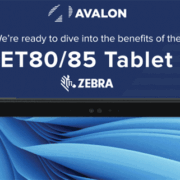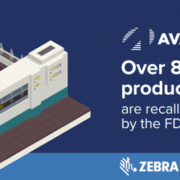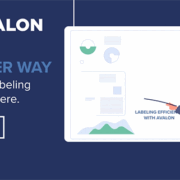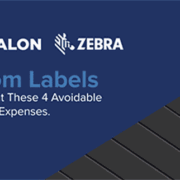Just in the last decade, food giant Chipotle made history when it agreed to pay the largest fine in history – a whopping $25 million in response to its part in a sickness outbreak that would affect over 1,000 customers in a span of 3 years. Unfortunately, compromised food safety is a widely shared issue amongst manufacturers and distributors within food service. The costs of one communication gap may end up being incalculable when you factor in:
- Lost hours of productivity as teams search for operational blind spots
- Recall execution expenses such as setting up automated phone calls and postage for returned items
- Severed distribution relationships as partner businesses must also adjust to recalls
- Missed compliance fees and audits that come up after mistakes are noticed
- Reverse logistics and storage as brands must process returned items while keeping them separated from uncompromised products.
- Broken consumer trust as shoppers will avoid brands with a history of recalls even if it’s just from one event.
Even if spoiled products are identified before leaving facilities, businesses still take a heavy blow financially as products must be discarded. Experts estimate food manufacturers and distributors can lose as much as $750 billion per year due to poor handling procedures, improper cold storage, and inaccurate data processing. Consequently, targeting blind spots within food distribution has become an undisputable priority.
Three technologies enhancing food safety visibility
Several next-generation devices are now built to simplify tracking and tracing workflows; however, because food service often runs into the challenges of cold storage, technology solutions must also be durable enough to protect real-time visibility. In our partnership with Zebra Technologies, we’ve seen the following technologies thrive in the challenges of maximizing food visibility:
- Bluetooth-enabled temperature sensors – Battery-operated Bluetooth sensors mitigate interference issues to protect undisrupted temperature tracking even after products leave the dock. Sensors can be read through any Bluetooth-compatible device for real-time storage verification as products travel down the supply chain. This trackable visibility allows businesses to quickly pinpoint and remediate inadequate temperatures before they harm products.
- Customized labels for crisp barcodes – As stated many times by many experts, identification labels are a lifeline for your products since they display vital information such as storage notes, handling instructions, and compliance codes. Constant movement throughout the distribution process can contribute to early label damage such as scratches, fading barcodes, and peeling. Therefore, to protect inventory identification, labels should be tailored for food handling, able to survive extreme temperature changes and long transportation. Zebra’s Certified Consumables fulfill these requirements in drawing strength from several pre-tested materials to ensure consistent performance anywhere they go.
- Fixed industrial scanners and machine vision – Multiple purchasing options, new markets, and updated compliance standards have created a more dynamic supply chain with multiple possibilities for blind spots. Consequently, automated fixed scanning and machine vision have taken center stage in seamlessly verifying product quality without halting productivity. Conduct simple track and trace and/or quality inspections across the whole supply chain with automatic visibility that connects to your WMS in real-time for less guesswork.
Selecting a visibility device is only a small part of complete solution design and deployment. To fully reap the benefits of higher operational visibility, we recommend starting with a full evaluation of your current workflow to target hidden blind spots. By assessing where they’re located, your team can then integrate a scalable solution that stays within allocated budgets while deploying future-forward technologies. By doing so, businesses not only protect transparent traceability, but they also prevent operations from being blindsided in the future by new changes.











